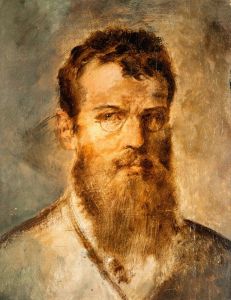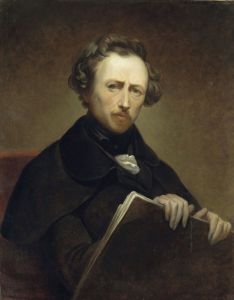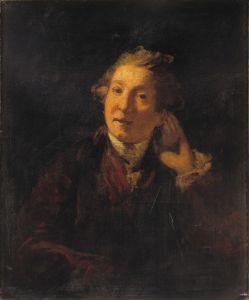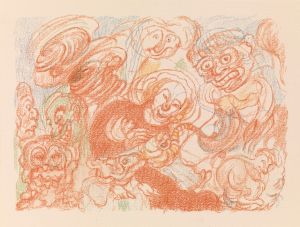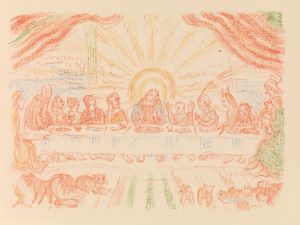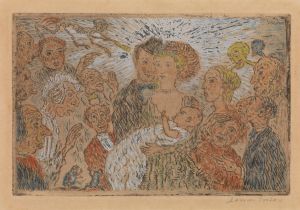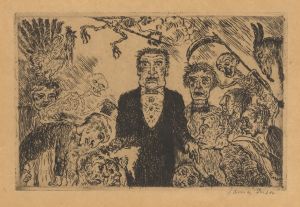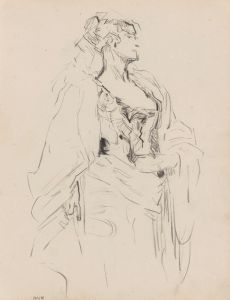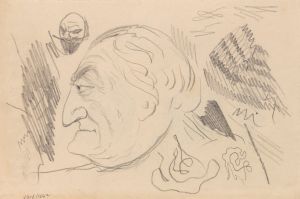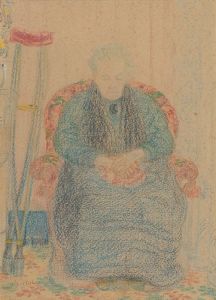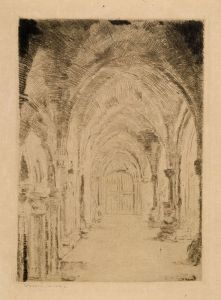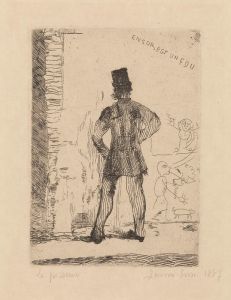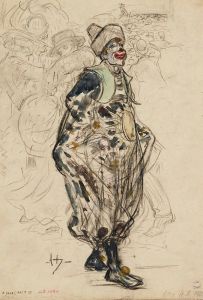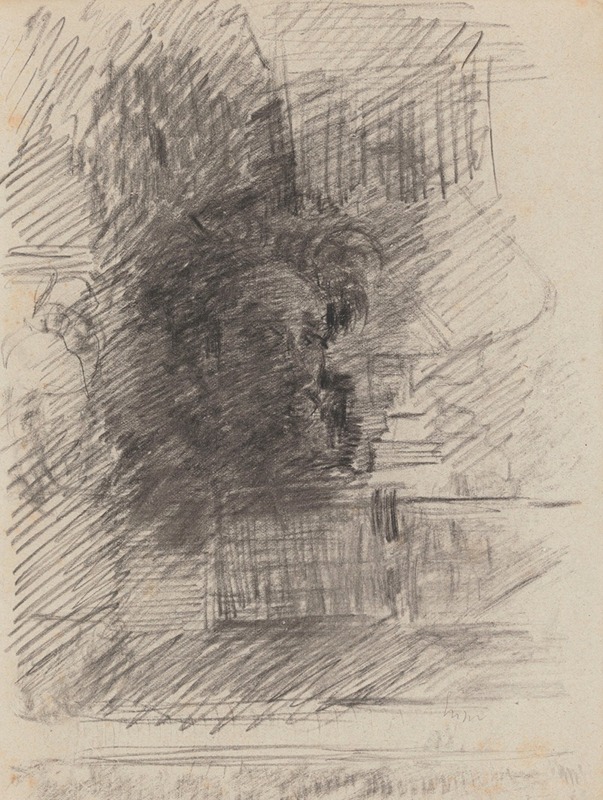
Self Portrait
A hand-painted replica of James Ensor’s masterpiece Self Portrait, meticulously crafted by professional artists to capture the true essence of the original. Each piece is created with museum-quality canvas and rare mineral pigments, carefully painted by experienced artists with delicate brushstrokes and rich, layered colors to perfectly recreate the texture of the original artwork. Unlike machine-printed reproductions, this hand-painted version brings the painting to life, infused with the artist’s emotions and skill in every stroke. Whether for personal collection or home decoration, it instantly elevates the artistic atmosphere of any space.
James Ensor's "Self Portrait" is a notable work by the Belgian artist, who is often associated with the Symbolist movement and known for his unique and sometimes macabre style. Ensor was born in 1860 in Ostend, Belgium, and spent most of his life there. His work is characterized by its bold use of color, intricate detail, and often satirical or fantastical subject matter.
The "Self Portrait" by James Ensor is a reflection of his distinctive approach to art, where he often explored themes of identity, mortality, and the grotesque. Ensor was known for his fascination with masks and skeletons, which frequently appeared in his work as symbols of the hidden aspects of human nature and the inevitability of death. This thematic interest is evident in many of his self-portraits, where he often depicted himself in a theatrical or exaggerated manner.
Ensor's self-portraits are significant not only for their artistic merit but also for the insight they provide into his personality and worldview. He often portrayed himself in various guises, sometimes as a clown or a masked figure, which can be interpreted as a commentary on the roles people play in society and the facades they maintain. This approach aligns with the broader Symbolist movement, which sought to express the underlying truths of the human experience through symbolic imagery and themes.
The "Self Portrait" by Ensor is also notable for its technical execution. Ensor was a master of color and light, and his self-portraits often feature a vivid palette and dynamic composition. His use of light and shadow adds depth and intensity to his work, creating a sense of drama and emotion that draws the viewer in. Ensor's brushwork is often loose and expressive, contributing to the overall impact of the piece.
Throughout his career, Ensor's work was both celebrated and criticized. While he achieved recognition in his later years, much of his early work was met with resistance from the traditional art establishment. Despite this, Ensor remained committed to his unique vision, and his self-portraits are a testament to his artistic integrity and innovation.
Ensor's influence extends beyond his own time, as his work has been recognized for its impact on later movements such as Expressionism and Surrealism. His exploration of the human psyche and the darker aspects of existence paved the way for future artists to delve into similar themes.
In summary, James Ensor's "Self Portrait" is a compelling example of his artistic style and thematic interests. Through his use of color, symbolism, and innovative composition, Ensor created a body of work that continues to resonate with audiences today. His self-portraits, in particular, offer a fascinating glimpse into the mind of an artist who was unafraid to confront the complexities of identity and the human condition.





